CRASH COURSE – URBAN GARDENING
As you toss that sad, wilted carton of greens you bought last week for $7.99, consider this: just because you live in a province where winter lasts half the year doesn’t mean you can’t grow your own fresh produce. Urban gardening is thriving in Calgary, and it’s time to dig in.
With food prices soaring, trade uncertainties and those all-too-frequent food safety recalls, growing your own produce has never been more appealing. Plus, let’s be honest — there’s something deeply satisfying about biting into a tomato you grew yourself — dirt and all.
I’ve been testing the limits of my small downtown Calgary soil patch for the past four years, experimenting with what thrives outside, indoors, and even on a patio. And you’d be surprised at what you can grow — even in the dead of winter. Let’s explore the options.
Story by: Dakota Kidby
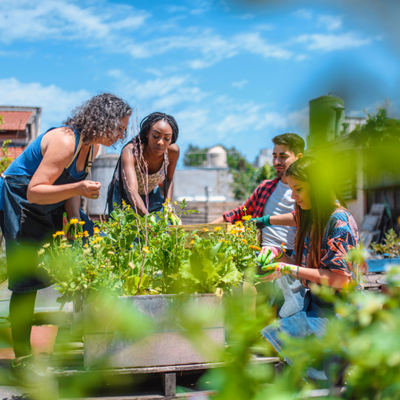
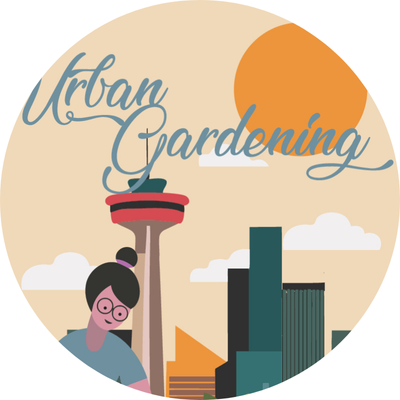

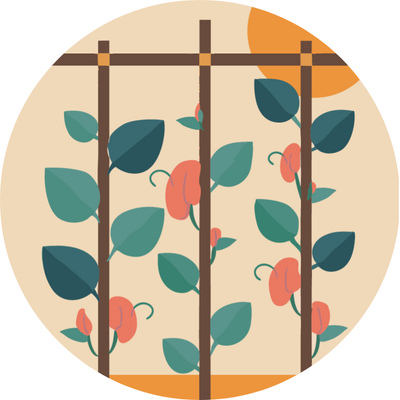
WINTER GARDENING: HYDROPONICS ARE OUR NEW BEST FRIEND
Winter doesn’t have to mean giving up on fresh greens. Enter hydroponic gardening – a game-changer for cold-weather urban growing. You have two options:
DIY Hydroponic Setup If you’re handy and don’t mind a little dirt on your hardwood floors, you can build a custom hydroponic system easily with the help of your local hardware store and YouTube. You can even bring in plants from outside before the frost hits.
AeroGarden If you prefer an easy, low-maintenance approach (my approach), the AeroGarden (available in multiple sizes at your local home-goods store) makes growing tomatoes and herbs, even lettuce, a breeze. Just plug it in and watch the magic happen in one to two weeks.
SUMMER GARDENING ON THE PATIO: MAXIMIZING SPACE FOR TRUE URBAN DWELLER
If you’re working with a balcony or patio, Dawn Buschert, farmer and local gardening consultant, has the ultimate guide to making the most of small spaces.
Go Vertical: Utilize hanging planters, trellises and wall-mounted shelves to maximize space. Vertical hydroponic systems can further boost efficiency.
Pick Fast-Growing Crops: Opt for quick-growers like lettuce, tomatoes and beans rather than slow-producing plants like peppers and eggplant that usually yield only a few fruits per plant in a season.
Strategic Placement: Keep cool-weather crops (like peas, kale and spinach) in the shade, while warm-weather crops (tomatoes, basil and beans) thrive in full sun.
Quality Soil Matters Use a high-quality potting mix to ensure your plants get the nutrients they need.
Multi-Functional Furniture: Get creative! Look for seating with built-in planters or use storage benches to double as garden space.
SUMMER GARDENING FOR SMALL BACKYARDS: THINK SMART, NOT BIG
For those lucky enough to have a tiny backyard, Buschert shares these must-know strategies.
Use Raised Beds & Containers: Optimize space by utilizing fences, balconies, or that awkward spot between your garage and the fence.
Grid Planting Works Wonders: Avoid wasted space by following the spacing recommendations on seed packets.
Grow Upward, Not Outward: Trellises help maximize ground space. Opt for pole beans over bush beans, and help cucumbers and tomatoes climb.
Succession Planting: Stagger your plantings of fast-growing crops like lettuce and spinach to ensure continuous harvests.
Water Wisely: Drip irrigation and rainwater collection help with sustainability. If you’re serious about efficiency, consider a rain barrel.
GETTING STARTED
The cost of getting started can range from $50 in seedlings to $500 in equipment, depending on your chosen avenue. Hydroponics users can expect $150 – $500 for materials alone, while backyard or patio dwellers are looking at $50-$350 for planters, topsoil and a good set of gardening tools. Seeds range from $1.99-5.00 per packet and seedlings go for $2.99 and up. If you’re really serious, and you’ve got a small patch of soil to call your own, I’d also recommend protecting your plants from critters like squirrels, mice or birds with a DIY netting.
FINAL THOUGHTS
Urban gardening isn’t just a trend — it’s a sustainable, budget-friendly and rewarding way to bring your own fresh produce to your table — for a relatively small price! Whether you’re working with a tiny balcony, a backyard nook or a hydroponic setup in your kitchen, there’s always a way to grow.
So go ahead, get your hands dirty and start planting.
Rooted in the spirit of urban gardening, this vibrant green salad layers spiced pecans, sun dried cranberries and goat cheese for a fresh taste of what city-grown can look like.
Artisan Green Salad with Spiced Pecans, Sun-Dried Cranberries & Goat Cheese
Ingredients
Spiced pecans
- 1 egg white (or sub 1 tbsp canned garbanzo bean liquid for a vegan version)
- 2-3 cups pecan halves
- 1 tsp paprika
- 1 tsp garlic powder
- 1 pinch cayenne pepper
- 1 pinch salt
- 1 tsp brown sugar
Garden Salad & Dressing
- 2 handfuls of fresh greens
- 5-6 basil leaves, rolled and sliced into ribbons
- 1 cup cherry tomatoes
- handful sun-dried cranberries
- 1/4 log fresh goat cheese torn into bite-sized chunks
- 1 tbsp olive oil
- 1 lemon, juiced
- salt & pepper
Instructions
Spiced Pecans
- Preheat your oven to 350°F.
- In a medium bowl, whisk the egg white (or garbanzo liquid) until soft peaks form.
- Add the pecans and mix to coat evenly.
- Sprinkle in the remaining ingredients and toss well to coat.
- Spread pecans on a parchment-lined baking sheet and bake for 10–15 minutes, turning halfway through.
- Allow to cool completely before adding to the salad.
Garden Salad & Dressing
- In a large bowl, combine the greens, basil, tomatoes, cranberries, and goat cheese.
- Drizzle with olive oil and lemon juice.
- Season with salt and pepper.
- Toss until coated.




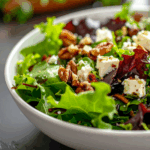


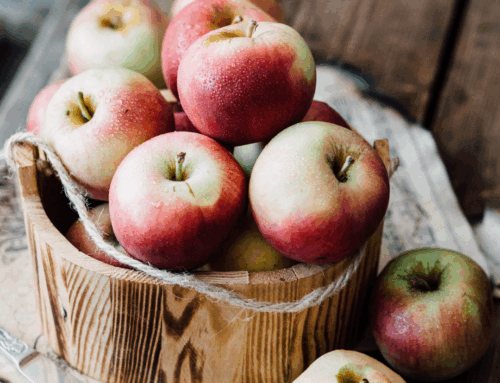

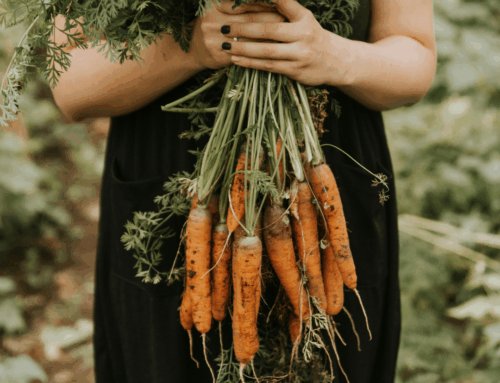
Leave A Comment